German Shepherd Colors and Coat Types: A Complete Guide
The German Shepherd Dog (GSD) is one of the world’s most popular and versatile breeds—known for its intelligence, loyalty, and working ability. But beyond their temperament and skills, German Shepherds also come in a variety of colors and coat types, which often sparks curiosity from potential owners and breed lovers.
In this guide, we’ll explore the recognized German Shepherd coat colors, rare color variations, and the different coat lengths and textures—so you can better understand the aesthetics and genetics of this iconic breed.
🐾 Recognized German Shepherd Colors (According to AKC & FCI)
Most German Shepherds are black and tan, but the breed standard accepts a range of colors. Here are the most common and officially recognized:
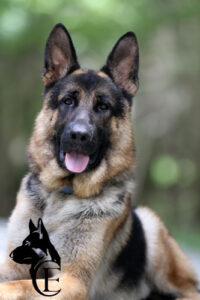

Black and Tan
- The most popular and classic look.
- Typically features a black saddle (back) with tan or cream legs and face.
- Common in both working and show lines.
Black and Red
- Similar to black and tan, but with a deeper, richer reddish tone.
- Very popular in West German show lines.
- Highly desirable for its vivid contrast and striking appearance.
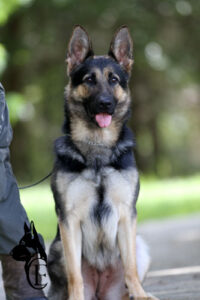
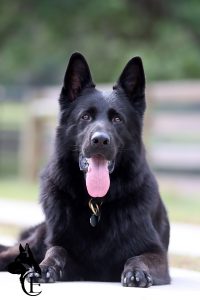
Black and Cream
- A softer variation of the black and tan.
- The cream color often replaces the richer tan hues.
Solid Black
- Entirely black with no tan markings.
- Recognized by AKC and FCI.
- Rare and highly sought after due to its sleek, powerful appearance.

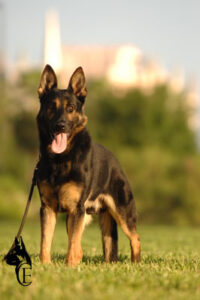
Sable (Agouti)
- Every hair is banded with multiple colors, creating a wolf-like pattern.
- Comes in shades like black sable, gray sable, and red sable.
- Common in working-line German Shepherds and valued for camouflage and durability.
Bi-Color
- Appears mostly black with minimal tan (usually on legs or above the eyes).
- Can look similar to solid black at first glance.
- A genetically distinct coat pattern, not to be confused with black and tan.
Rare or Controversial German Shepherd Colors
While beautiful, these colors are not accepted by all breed registries (such as the AKC or SV for conformation shows), and may be the result of recessive genetics or dilution genes:
❌ 1. Blue
- A grayish-black tone caused by a dilution gene.
- Not accepted in the conformation ring but still eligible for registration
❌ 2. Liver (Chocolate Brown)
- Brown pigment replaces black in both coat and nose leather.
- Not recognized by breed standards but still occurs occasionally.
❌ 3. Isabella (Lilac)
- A double dilute of liver and blue genes.
- Extremely rare and not recognized by AKC or FCI.
❌ 4. Panda
- A unique piebald gene causes white spotting on the face, chest, and legs.
- Genetically purebred but visually distinct from standard GSD appearance.
- Not allowed in conformation showing.
⚠️ Note: While these rare German Shepherd colors can be beautiful, responsible breeders prioritize health, structure, and temperament over coat novelty.
German Shepherd Coat Types
In addition to color, coat length and texture are key breed features. The German Shepherd has two primary coat types: standard (short) and long coat.

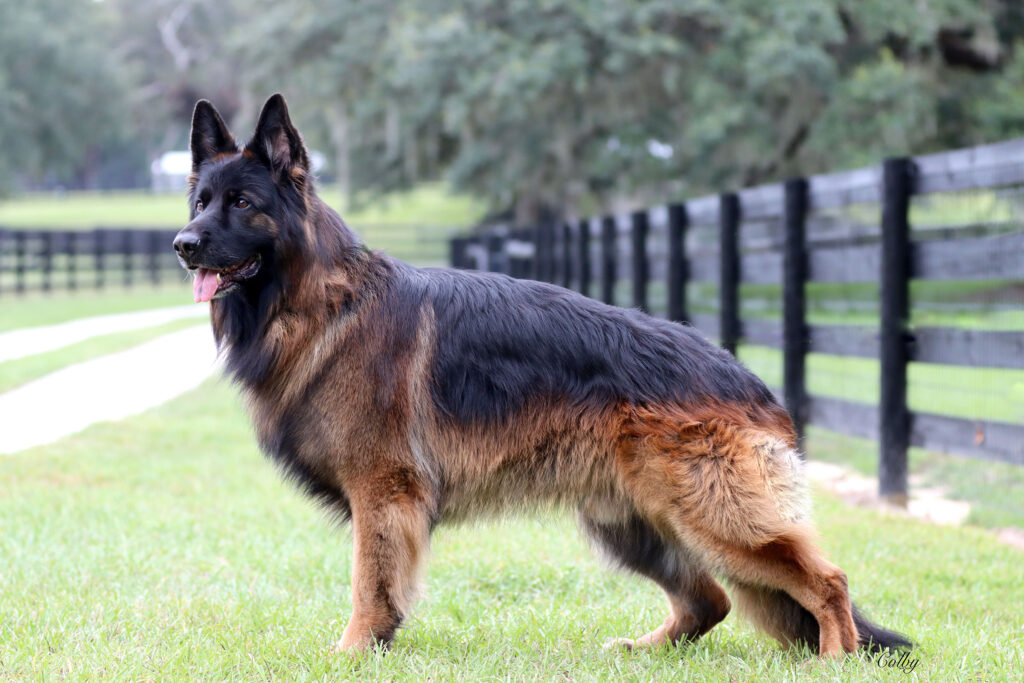
Standard (Short-Haired)
- Also called stock coat.
- Dense, straight, and close to the body.
- Weather-resistant undercoat for protection.
- Most commonly used in working lines and law enforcement.
Long-Haired (Long Stock Coat)
- Longer, feathered hair around the legs, tail, and ears.
- May or may not have an undercoat.
- Once considered a fault, long coats are now AKC-recognized.
- Especially popular in show lines and as companions due to their luxurious appearance.
Which Color or Coat Is Best?
When choosing a German Shepherd, coat color and type should be secondary to health, temperament, and genetics. Whether you prefer a black and red show dog or a sable working-line shepherd, the best dog is one that fits your lifestyle, goals, and values.
At Canine Extreme, we breed and train elite German Shepherds in a range of recognized coat types and colors. Each dog is carefully selected for its structure, health, drive, and temperament, ensuring you get a loyal companion or capable working partner—regardless of coat.
Frequently Asked Questions About German Shepherd Colors
❓ Do Long Coat German Shepherds Shed More?
This is often up to interpretation. Some people strongly believe “Yes” and others strongly believe “No”. At Canine Extreme, we are on the side of Long Coat German Shepherds shedding less than the average stock coat. With proper grooming and care.
❓ Do Long Coat German Shepherds Do Well in Florida?
Yes, Long coats can live a wonderful and fulfilling life, even in Florida. You do have to take some extra considerations when dealing with the summer heat and activities in the sun but nothing more than you should do regularly.
❓ Does coat color affect behavior?
No. A German Shepherd’s color has no impact on temperament or ability. Behavior is determined by genetics, socialization, and training.
❓ Are long-haired German Shepherds less protective?
Not at all. Long-coated GSDs can be just as protective, intelligent, and trainable as their short-coated counterparts.
❓ Are rare-colored German Shepherds purebred?
They can be. Some rare colors (like blue or liver) exist within the breed but are not considered ideal by breed standards and should not be bred solely for appearance.
The colors and coat types of German Shepherds add to the breed’s remarkable beauty and variety. From the classic black and tan to the striking sable or solid black, these coats reflect the rich history and versatility of the breed.
Whether you’re looking for a trained German Shepherd for protection, companionship, or sport, Canine Extreme offers hand-selected dogs that meet the highest standards—inside and out.
🦴 Explore our available dogs and puppies today and find the perfect German Shepherd in the coat and temperament that best suits your life.